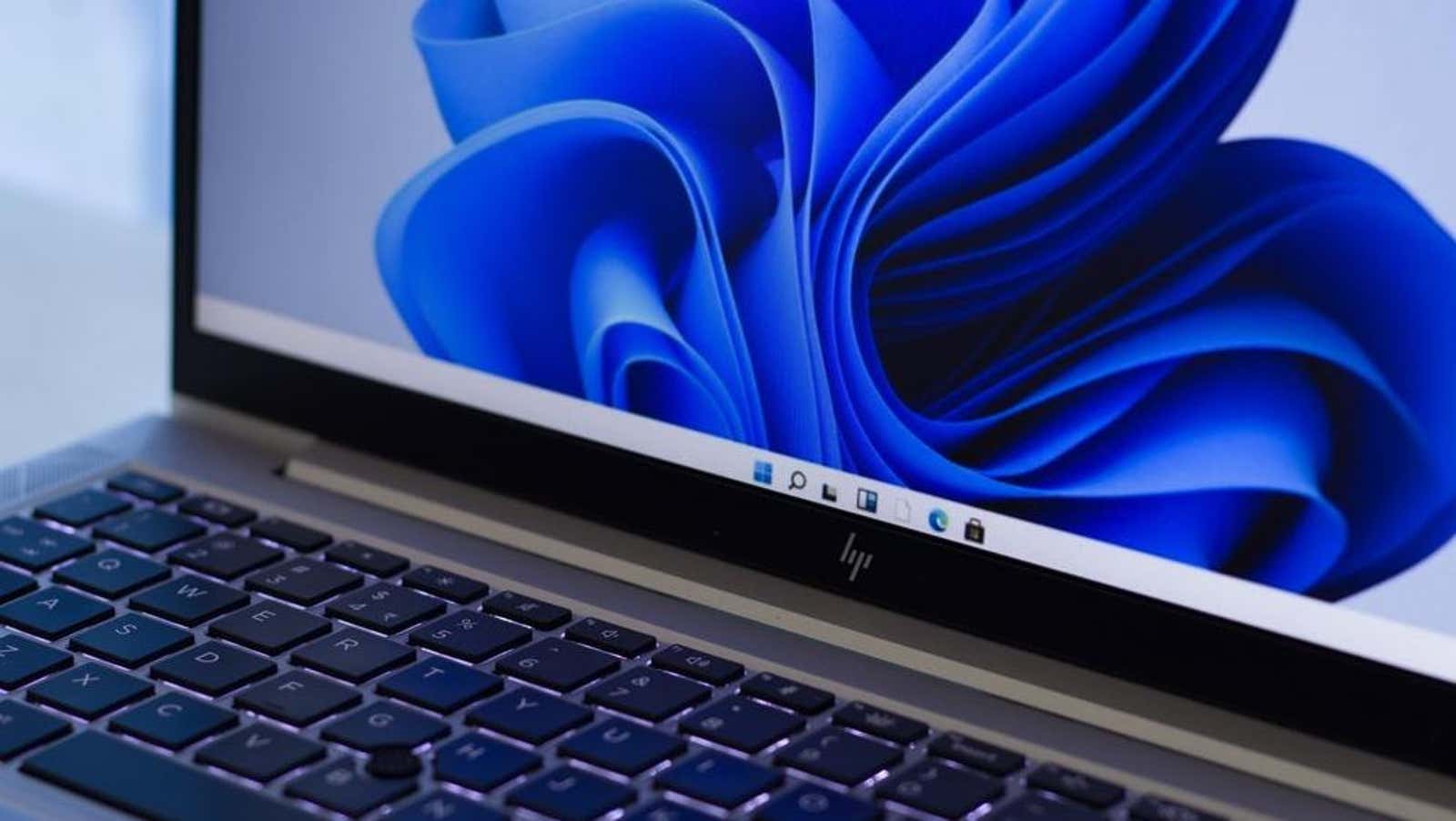How to Return to Windows 10 If You Regret Installing Windows 11

The Windows 11 beta recently received its first major version update, but it brought a major change that some users disliked: you can no longer revert to the classic Windows Start menu layout. Instead, Windows 11 users are now forced to use a redesigned Start menu and taskbar, which are centered at the bottom of the screen. The update even fixes a registry edit trick that restores the old layout. The new Start menu looks good on its own, but many users are unhappy with this change.
It is now possible that this is just a temporary change and the old Start Menu will return in a future update, but this is not the only issue that Windows Insiders have faced. Windows 11 is still in its early stages of testing, so bugs, missing features, and compatibility issues are common. While the final form of Windows 11 is worth updating, some users may regret upgrading to beta.
If that’s you, don’t worry, you can go back to Windows 10 (and its Start menu layout). There are two ways to rollback:
- Revert to the old version of Window from the Windows 11 settings menu.
- Reinstall a clean instance of Windows 10 from an installation disc or USB drive.
Reverting to Windows 10 from Windows 11 Settings is the fastest and easiest option, as it will keep your personal files intact. However, it is only available for 10 days after installing Windows 11, after which your old system files will be permanently deleted and cannot be restored, so it will not be available to beta testers who have been using Windows 11 for several weeks. …
Luckily, you can still reinstall Windows 10 using the installation media, but this will return your PC to factory settings, so your files and apps will be removed.
In any case, you must back up your files before proceeding. Even if the return method saves your files, there is always the possibility that something will go wrong. We’ll cover several methods for backing up your Windows PC here , but the best way is to just copy whatever you want to keep to an external hard drive.
How to return to Windows 10 from the Windows 11 settings menu
- Go to Settings> System> Recovery .
- Scroll to Recovery Options> Previous Windows Version and select Return if available. If not, go to Method 2 below.
- You will be prompted for a reason for uninstalling Windows 11, and then if you want to check for updates instead of uninstalling Windows 11. Click “No thanks” to continue rolling back.
- Follow the remaining prompts on the screen, then select Revert to an Earlier Build to finally begin the process.
- Wait for the rollback process to complete. It may take a while, but once it’s done, you’ll be back in Windows 10 with entire files.
How to uninstall Windows 11 and reinstall Windows 10
Reinstalling Windows 10 requires some kind of physical installation media. If you have a Windows 10 installation disc (and your computer has a floppy drive), insert this suction cup and follow the on-screen installation instructions.
If you don’t have an installation disc – and I assume most people don’t have one – you can make your own installation disc or USB stick. You will need to download the Windows 10 Installation Media Creator ( available here ), a blank disc, or a USB flash drive with at least 8GB of space.
Run the program, then follow the instructions on the screen to create the installation media and start the Windows 10 setup process. This will take some time. You will also need to install Windows updates, reinstall applications, and restore backup files, so take a fair amount of time before updating.
[ Windows Central ]